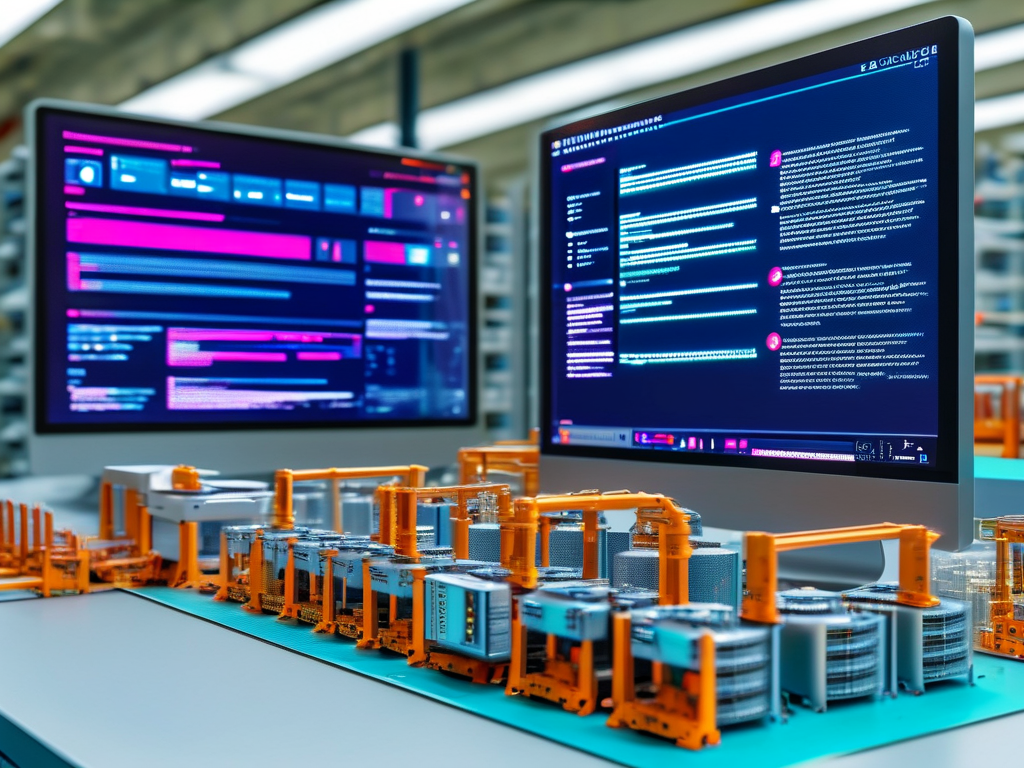The integration of artificial intelligence into workplace operations has reached a critical turning point. While cloud-based AI tools dominate discussions, forward-thinking organizations are shifting focus to local AI deployment as a strategic approach to enhance office automation. This method combines the precision of machine learning with the security of on-premises infrastructure, creating tailored solutions for modern businesses.

Why Local Deployment Matters
Unlike cloud-dependent systems, locally deployed AI operates entirely within an organization's internal network. This eliminates latency caused by data transfers to remote servers while ensuring sensitive information remains behind corporate firewalls. A manufacturing company in Germany recently reported a 40% reduction in document processing errors after implementing an on-premises natural language processing system for quality control reports.
Technical teams benefit from direct access to model architectures. For instance, a Python-based workflow automation script using TensorFlow Lite can be customized to handle industry-specific terminology:
# Sample document classification model
from tensorflow.keras.layers import TextVectorization, Dense
def build_custom_classifier(vocab_size=10000):
model = tf.keras.Sequential([
TextVectorization(max_tokens=vocab_size),
Dense(64, activation='relu'),
Dense(1, activation='sigmoid')
])
return model
Practical Implementation Scenarios
- Secure Document Analysis: Legal firms utilize local AI deployments to redact confidential client information from contracts while maintaining complete data custody.
- Meeting Optimization: Voice-to-text engines installed on company servers transcribe sensitive strategy discussions without third-party involvement.
- Predictive Maintenance: Local machine learning models analyze office equipment performance data to schedule repairs before failures occur.
A healthcare provider in Singapore achieved 78% faster patient record indexing by deploying an on-premises computer vision system that scans and categorizes medical forms. The solution processes 12,000 pages daily while complying with strict data residency laws.
Challenges and Mitigation Strategies
Hardware requirements remain a primary concern. Successful implementations typically use GPU-accelerated workstations with minimum 32GB RAM for complex workflows. However, lightweight frameworks like ONNX Runtime enable AI models to run efficiently on standard office computers.
Employee training programs prove essential. Organizations that conduct biweekly workshops on AI tool interaction see 3x faster adoption rates compared to those relying solely on documentation. Cross-departmental "automation task forces" help identify repetitive processes suitable for AI enhancement.
Future Outlook
Gartner predicts 65% of enterprises will operate hybrid AI systems by 2026, blending cloud services with localized processing. Emerging technologies like federated learning allow multiple branch offices to collaboratively improve AI models without sharing raw data. A financial services company in Toronto reduced fraud detection false positives by 29% using this approach across its 14 regional centers.
The environmental impact cannot be ignored. Local AI deployments reduce energy consumption by 18-22% compared to cloud alternatives, according to a 2023 MIT study. This aligns with corporate sustainability goals while maintaining operational efficiency.
As businesses grapple with evolving data privacy regulations, local AI deployment emerges as both a technical solution and strategic asset. It empowers organizations to harness automation benefits without compromising control over their digital ecosystems. From automated invoice processing to intelligent email triaging, this approach redefines what's possible in secure, efficient office management.








